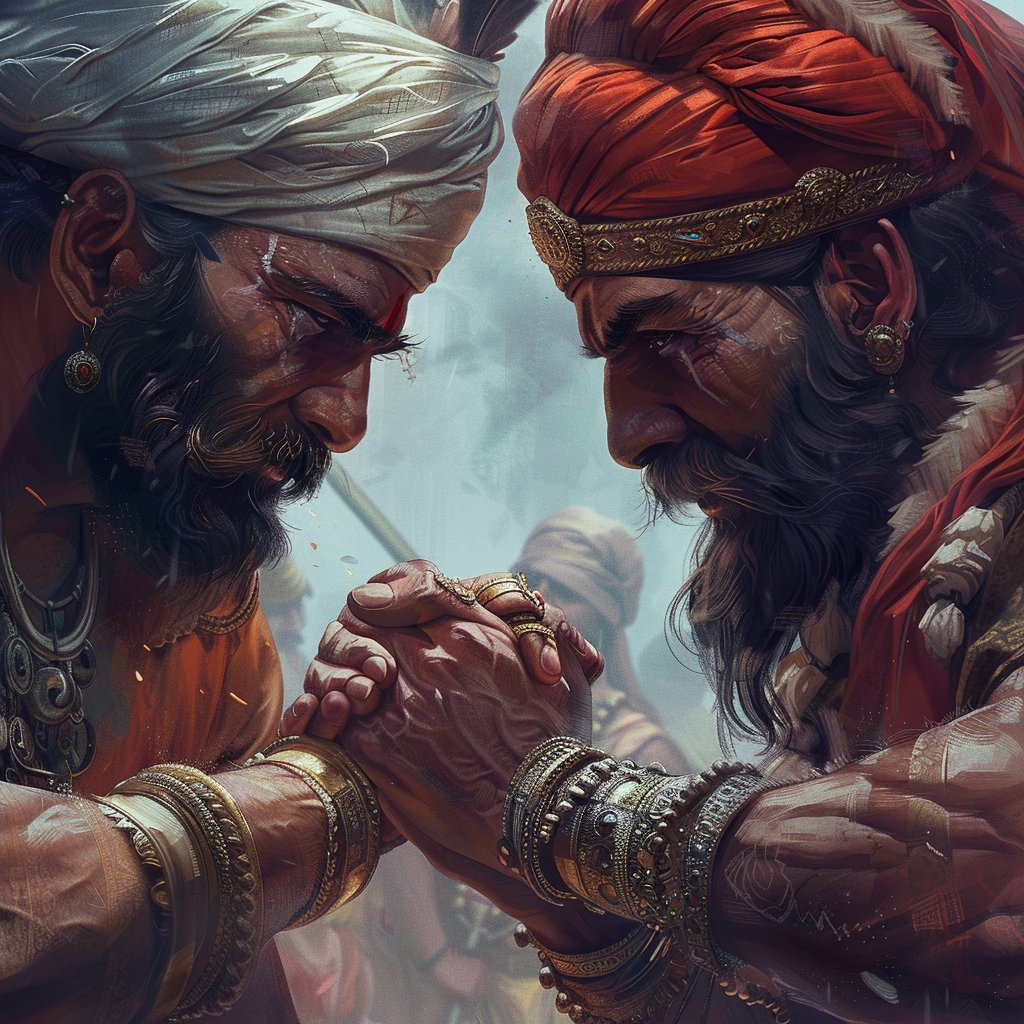Different yoga terms like ashtanga, hatha, kriya, bikram, Iyengar, vinyasa, jeevamukti can get confusing. And many don’t know how postures relate to bhakti, gyaan, karm, kundalini, tantra etc. This thread will simplify & organize information to make fundamentals easy to digest 

First point - Yoga is foundational to sanatan dharma & lot of us only know the posture (asanas) aspect of it. But it’s an entire framework for leading life with a final goal of achieving samadhi or permanent bliss. The first organized work was Patanjali’s 195 sutras 

4 main paths of Yoga are
1) Raja Yoga
2) Bhakti Yog - Develop devotion
3) Gyan Yog - Acquire & apply knowledge
4) Karma Yog - hard work
There are other types like Kundalini (awakening chakra energy) that fall under tantric practices but that’s not considered as main path
1) Raja Yoga
2) Bhakti Yog - Develop devotion
3) Gyan Yog - Acquire & apply knowledge
4) Karma Yog - hard work
There are other types like Kundalini (awakening chakra energy) that fall under tantric practices but that’s not considered as main path

In Raja Yoga we have “Ashthanga” (8 limbs) - framework for fusing inner consciousness with universal consciousness- Bhrahmaan & get permanent bliss (sat-chit-ananda). Modern day forms like hatha, kriya, Iyengar, jeevamukti arre variants of 2 limbs of asthanga - asana & pranayama 



1st limb is Yamas - 5 core ethical rules listed by Patanjali in Yoga Sutra 2.30
Ahimsa: non-harming other living beings
Satya : no falsehood
Asteya : no stealing
Brahmacharya : no infidelity (sexual restraint)
Aparigraha : no greed for possessions
Ahimsa: non-harming other living beings
Satya : no falsehood
Asteya : no stealing
Brahmacharya : no infidelity (sexual restraint)
Aparigraha : no greed for possessions

The 2nd limb is niyama (virtuous habits)
Shaucha clear mind, speech & body
Santosha contentment, acceptance of circumstances
Tapas austerity, asceticism, self-discipline
Svadhyaya study Vedas & self
Ishvarapranidhana - study God
Shaucha clear mind, speech & body
Santosha contentment, acceptance of circumstances
Tapas austerity, asceticism, self-discipline
Svadhyaya study Vedas & self
Ishvarapranidhana - study God

3rd limb Asanas - The Bhasya commentary attached to the Sutras,suggests 12 postures:
Padmasana
Virasana
Bhadrasana
Svastikasana
Dandasana
Sopasrayasana
Paryankasana
Krauncha-nishadasana
Hastanishadasana
Ushtranishadasana
Samasansthanasana
Padmasana
Virasana
Bhadrasana
Svastikasana
Dandasana
Sopasrayasana
Paryankasana
Krauncha-nishadasana
Hastanishadasana
Ushtranishadasana
Samasansthanasana

Over a 1000 years later, the Hatha Yoga Pradipika mentions 84 asanas taught by Shiva, stating 4 of these as most important: Siddhasana (accomplished), Padmasana (lotus), Simhasana(lion), and Bhadrasana (glorious), & describes the technique of these 4 and 11 other asanas. 

4th limb is Prāṇāyāma - the control of the breath, from the Sanskrit prāṇa (प्राण, breath) and āyāma (आयाम, restraint). Often practiced with the asanas 

5th limb is Pratyahara is drawing within one's awareness. It is a process of retracting the sensory experience from external objects. Pratyahara marks the transition of yoga experience from the first four limbs to the last three limbs that perfect the yogin's inner state 

6th limb is Dharana - holding one's mind onto a particular inner state, subject or topic of one's mind. The mind is fixed on a mantra, or one's breath/navel/tip of tongue/any place, or an object one wants to observe, or a concept/idea in one's mind. 

7th limb is Dhyana - Acquiring ability to focus on own atman via sustained dharana. The word morphed into “Zen” when the concept of deep meditation was taken eastwards via Buddhism 

8th limb is Samadhi - Is the final state where the inner individual consciousness merges and becomes one with the universal all pervasive consciousness and is considered the ultimate form of sat-chit-ananda (permanent bliss) as per sanatan dharma 

• • •
Missing some Tweet in this thread? You can try to
force a refresh






















